Steffen Eibelshäuser, Victor Klockmann, David Poensgen & Alicia von Schenk, 2023, INFORMS Journal on Computing, [published online: 17 August, 2023]
Abstract:
We introduce the logarithmic stochastic tracing procedure, a homotopy method to compute stationary equilibria for finite and discounted stochastic games. We build on the linear stochastic tracing procedure but introduce logarithmic penalty terms as a regularization device, which brings two major improvements. First, the scope of the method is extended: it now has a convergence guarantee for all games of this class rather than just generic ones. Second, by ensuring a smooth and interior solution path, computational performance is increased significantly. A ready-to-use implementation is publicly available. As demonstrated here, its speed compares quite favorably to other available algorithms, and it allows us to solve games of considerable size in reasonable times. Because the method involves the gradual transformation of a prior into equilibrium strategies, it is possible to search the prior space and uncover potentially multiple equilibria and their respective basins of attraction. This also connects the method to established theory of equilibrium selection.
We introduce the logarithmic stochastic tracing procedure, a homotopy method to compute stationary equilibria for finite and discounted stochastic games. We build on the linear stochastic tracing procedure but introduce logarithmic penalty terms as a regularization device, which brings two major improvements. First, the scope of the method is extended: it now has a convergence guarantee for all games of this class rather than just generic ones. Second, by ensuring a smooth and interior solution path, computational performance is increased significantly. A ready-to-use implementation is publicly available. As demonstrated here, its speed compares quite favorably to other available algorithms, and it allows us to solve games of considerable size in reasonable times. Because the method involves the gradual transformation of a prior into equilibrium strategies, it is possible to search the prior space and uncover potentially multiple equilibria and their respective basins of attraction. This also connects the method to established theory of equilibrium selection.


